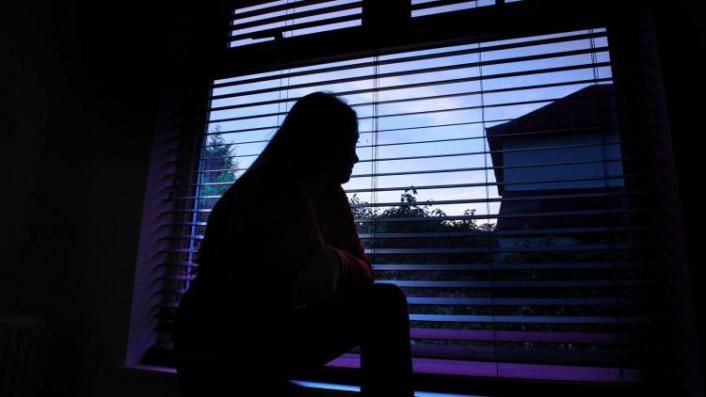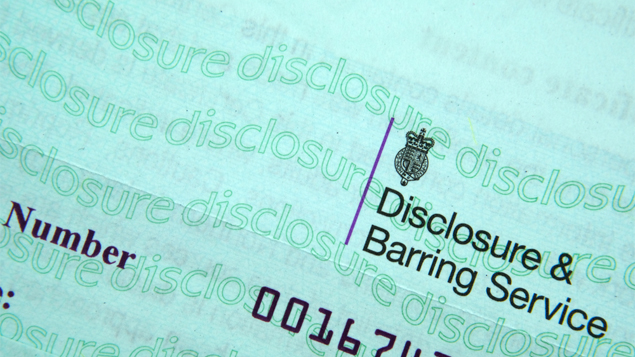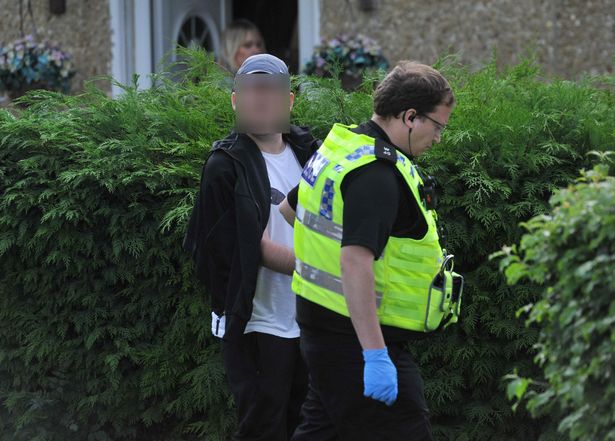A county lines drug gang forced 40 children to deal cannabis and cocaine at a single school.
The teens, some as young as 14, had been supplied with drugs and dealing kits including deal bags and scales.
Police say grown-up dealers had a network of 40 pupils dealing at the school which has just over 1,200 pupils - meaning one in thirty was possibly selling drugs.
It is suspected that girls as young as 14 at Kingsdown School in Swindon, Wiltshire, have been pestered for sex in exchange for cocaine.
And the dawn police raid yesterday - on the eve of GCSE results - revealed the extent of the teens coerced into the operation.
Wiltshire Police arrested a 27-year-old man during the raid. He has since been released under investigation.
Sgt Nathan Perry, who planned the 7am raid, said: "We found the person we're looking for, we've managed to safeguard the children who were at risk and we've found drugs.
"We all know about county lines and the risks associated with that.
"The difficulty with this type of drugs operation is that it's specifically targeting very young children in order to get them to deal drugs.
"Some of the information we've been passed is that children are not only being coerced into this activity, but they're also being physically threatened.
"If they go to police or teachers they'll be harmed," he added.
Police were said to have been alerted to the gang at Kingsdown School.
A pair of older teen boys, both 16, are believed to have been supplying a network of up to 40 children in their mid-teens at the Swindon school.
The 27-year-old was arrested during the morning raid on suspicion of possession of class B drugs with intent to supply and inciting a child to engage in sexual activity.
The raid came as Swindon police focused their sights on modern slavery.
Nationally, police have increasingly turned to modern slavery laws to target drug dealers who force children and vulnerable adults to peddle their product.
Sgt Perry said those convicted could expect sentences of up to 15 years imprisonment.
"You've got children being exploited and young kids being forced to run the drugs. We will take it seriously," he said.
"The sheer nature of the exploitation of these young people is unacceptable.
"If we don't do something to stop that they're potentially going to be at risk for the rest of their lives.
"Unfortunately, those children that are at risk now become the suspects of tomorrow and we lose them completely," he added.
"They need that positive engagement and we're not going to be able to do that until we remove their handlers, for want of a better word."
If children start becoming more withdrawn, secretive about their possessions and start acquiring cash and expensive clothes without explanation, it could be a sign they are being exploited by the gangs.
Article reported by Tom Seaward for the Mirror.




